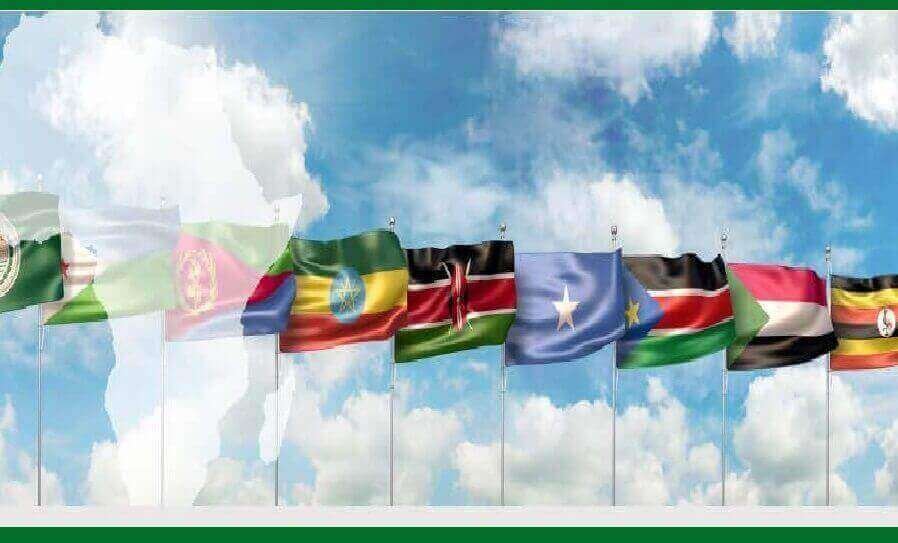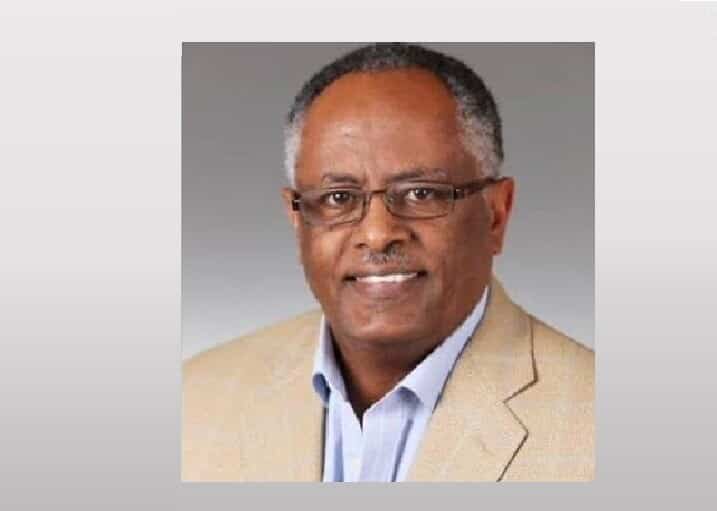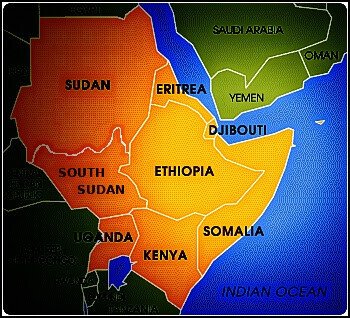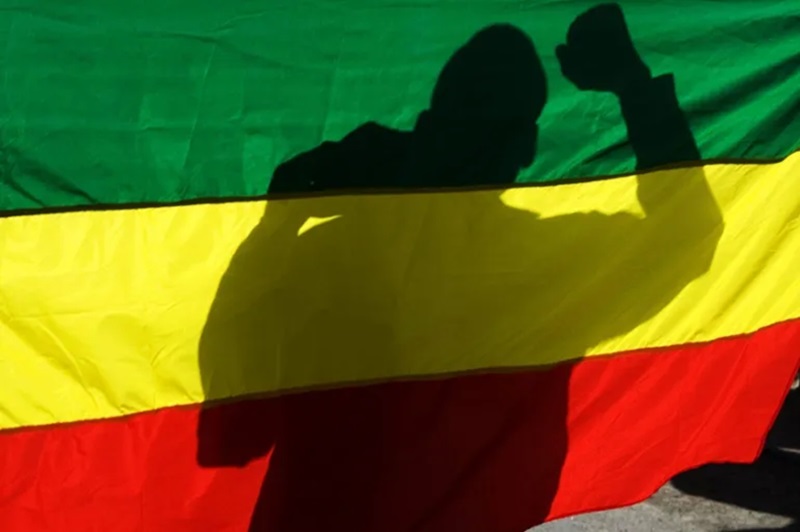
By Dr. Suleiman Walhad
June 17th, 2023
Regional challenges in terms of food security, transport and other infrastructures including roads, railways, bridges, ports both sea and air, education and healthcare for a large population of nearly 160 million, represent opportunities for both the normal and intrepid investor. The Horn of Africa States region, in fact, enjoys a large youthful population that can easily be converted into a productive labor force and in particular, in the coming age of digitalization. It represents a large ecosystem which would be fertile grounds for universities, technical colleges, healthcare facilities, small, medium and large companies, service providers in terms of tourism, telecommunications, banking and financial services, and others to grow.
Currently, the countries of the region, namely the SEED countries, despite their long historical context, appear to be drifting apart, while Non-SEED countries from near and afar, work hard to take advantage of the region. One can note the EAC countries namely, Kenya, Uganda and others and the GCC countries (mostly Qatar, the UAE and Saudi Arabia) using their newly found wealth, and Egypt, the traditional friend-cum-enemy of the region, all taking advantage of the civil chaos in the region.
The Horn of Africa States region does not help itself either to overcome not only its internal challenges but also its external challenges. The flow of capital, goods, people and services within the region is hampered by the continuous civil strives and the maintenance of old and rigid legal systems in countries like Ethiopia and colonial legal systems in Djibouti and no rule of law in Somalia. Eritrea remains to be under the rule of one party.
Current leaderships in the region also appear not to be working together or do not appear even to want to work with each other. They appear to be neighbors forced on each other by an act of nature. No wonder, others take note of this and take advantage of the region to the maximum. This worsens the current poor infrastructures in place or the movement of goods and services and people, and indeed, capital and ideas.
The continually rebranded IGAD organization of the region did not, therefore, add value to the region. It only exasperates the already serious divisions of the region including the lack of institutional infrastructures to face off these challenges. This is why a further rebranding of the institution becomes not only required but necessary. We propose, in this respect, as noted in earlier writings on the subject that the Horn of Africa States region needs to re-organize itself as H.A.S only, excluding members that belong to other groupings. These include Kenya, Uganda and South Sudan, which belong to the East Africa Community. Sudan which also currently seems to be in turmoil could remain as part of the H.A.S grouping.
The Horn of Africa States (HAS) region would in this regard overcome many of the current ills it suffers from, such as poor coordination, poor infrastructures, poor and/or limited trade and investments and poor/limited movement of people within the region. A rebranded IGAD in the form of HAS would not only enhance trade but also investments, transport, energy, and generally both micro and macroeconomic policies of the region.
HAS would benefit from an integration process in terms of market efficiencies, sharing of cost of infrastructures, unified representation in global forums and indeed, become more stable and more peaceful than is currently the case in the region. IGAD, as noted earlier, includes countries in other collectives, which have other priorities and preferences. Note countries like Kenya and Uganda are far more advanced than the SEED countries and they belong to a more advanced regional block, which now is working at seeking a federation, which is way beyond just cooperation and economic integration. They have already established a common market and are working on monetary union and eventually a federation to create the largest country in Africa. Where would the SEED countries stand in such a configuration?
The SEED countries have a history which dates back to the dawn of history and should draw back on that long history and common background to rebuild a new infrastructure that allows them have a say in African and world affairs than is currently the case. They cannot afford to continue to be the beggar region it appears to be today.
All new regional blocks on creation have their own drawbacks, weaknesses and fears. But this should not be a stumbling block for or holding back the formation of a successful organization that serves the populations of the Horn of Africa States region better in the future. Institutions learn more from their own mistakes and successes, and indeed, their experiences. HAS would not be different, and its leadership needs to be courageous to ensure managing its experiences. They need to create an infrastructure that allows them not only to manage their experiences but also the geo-political and geo-economic matters of the region. There should not only be summits of the governance authorities but also of the business communities, academia, elders and socio-cultural organizations, be it musical and/or sports.
The region owns several features which attract non-regional parties to the region and, perhaps, this is the main harbinger of many of its problems. It overlooks the southern Red Sea, Bab El Mandab, the Gulf of Aden, the northern Indian Ocean (the Somali Sea) waterway, which handles a large part of international trade. It is indeed a link between the Suez Canal and the Indian ocean. The region is also the source of the Blue Nile, which provides most freshwater to northeast Africa and owns the GERD which is the largest hydro dam facility in the African continent, expected to produce some 6,500 megawatts. The region also owns a large agricultural land and is home to many indigenous plants and seeds. It domesticated camels and owns the largest camel population in the world and native cattle. The region is also reported to be holding some of the largest oil and gas reserves in the world, which are well placed to be shipped easily to markets in Europe.
It is a world of regionalization and blocks and remaining at the level of unitary state format to deal with the problems that face each country in the region is not a failure to be in line with developments in the world but is also doing a disservice to the populations of the region. The region’s leadership should be working on rebranding IGAD effectively to become HAS or to create a new HAS organization to be headquartered also in Djibouti.

















